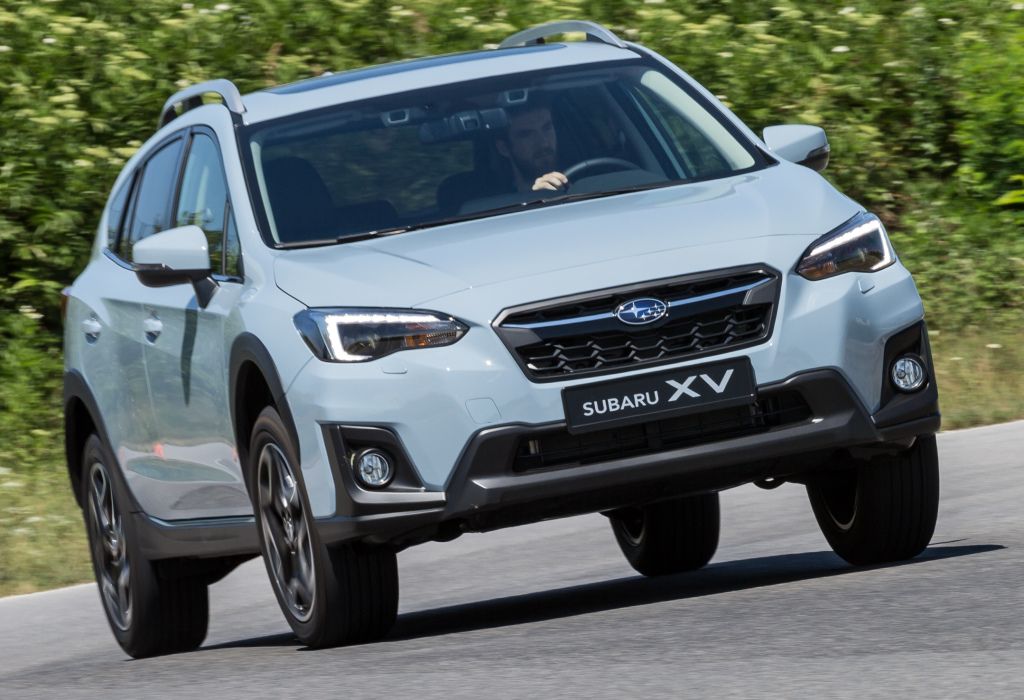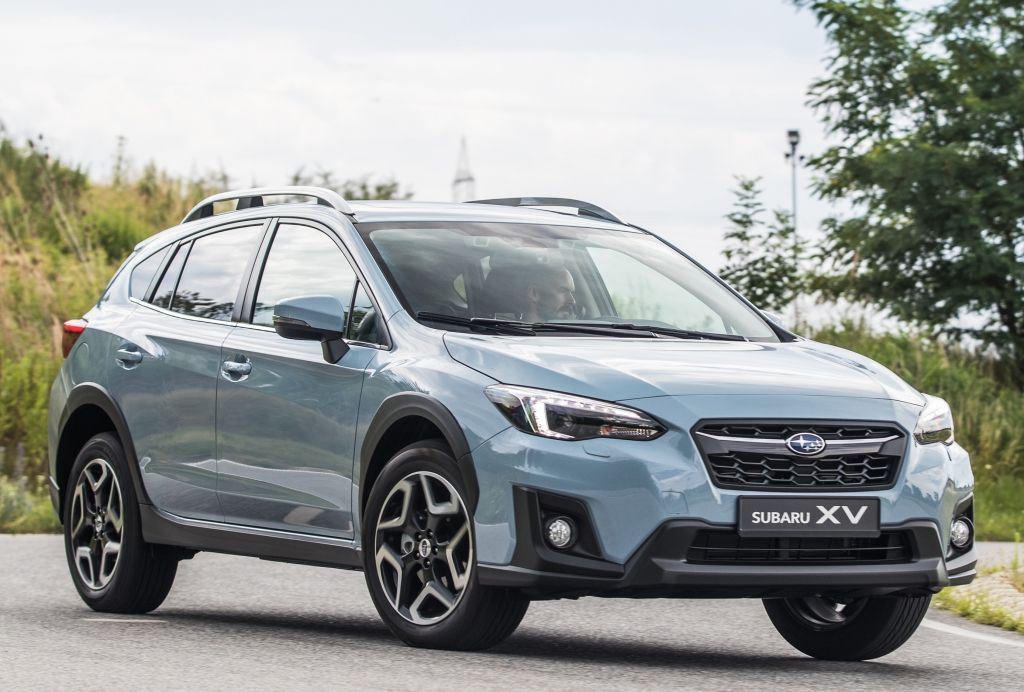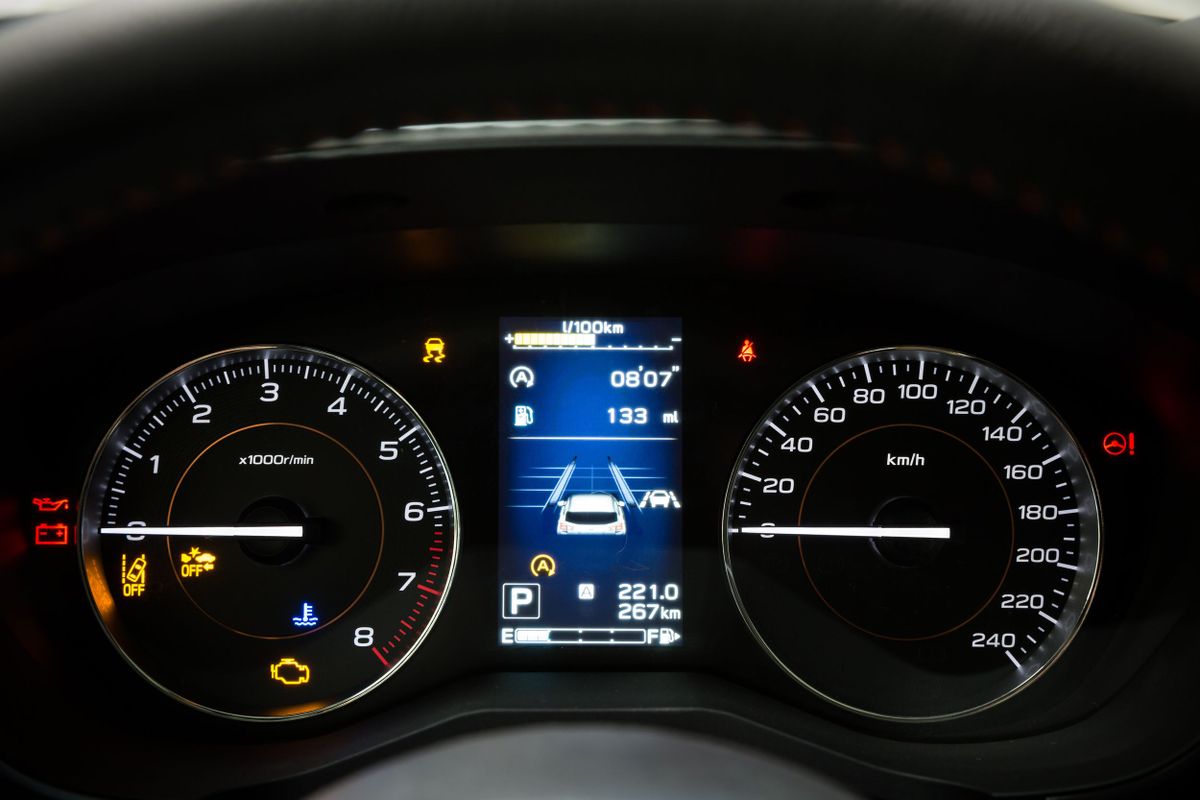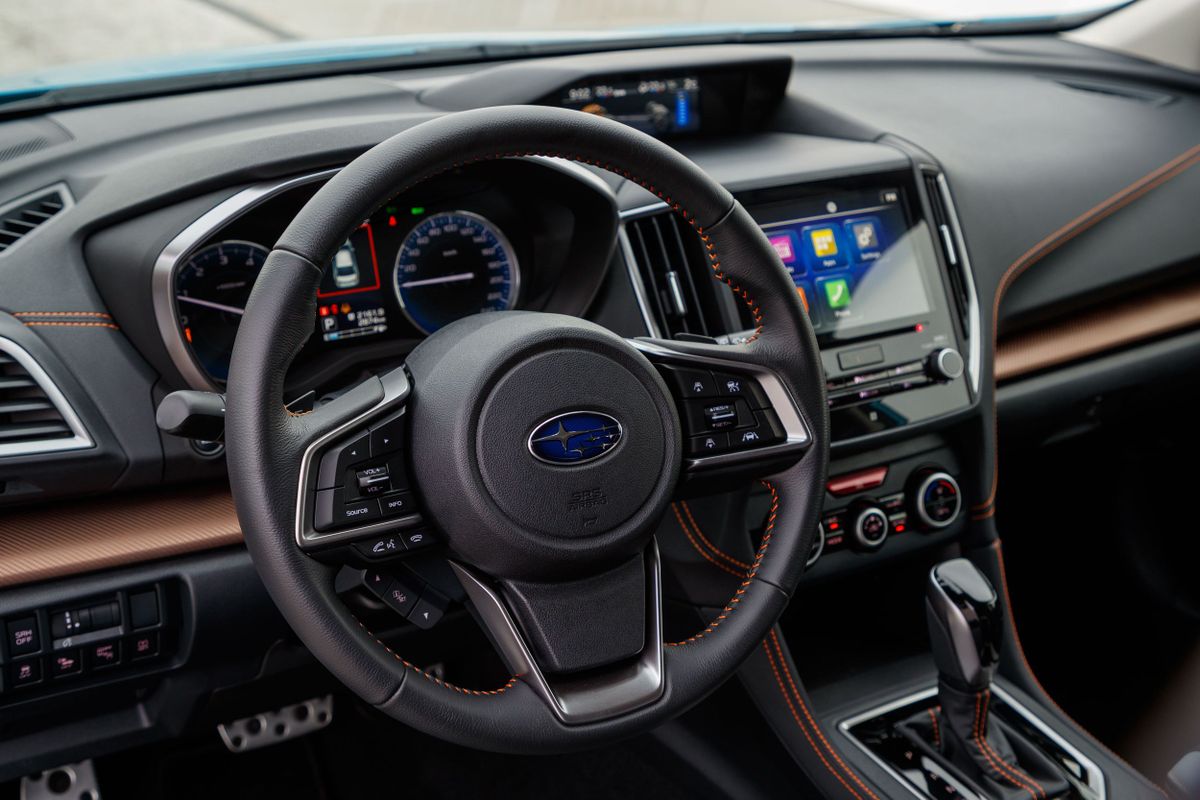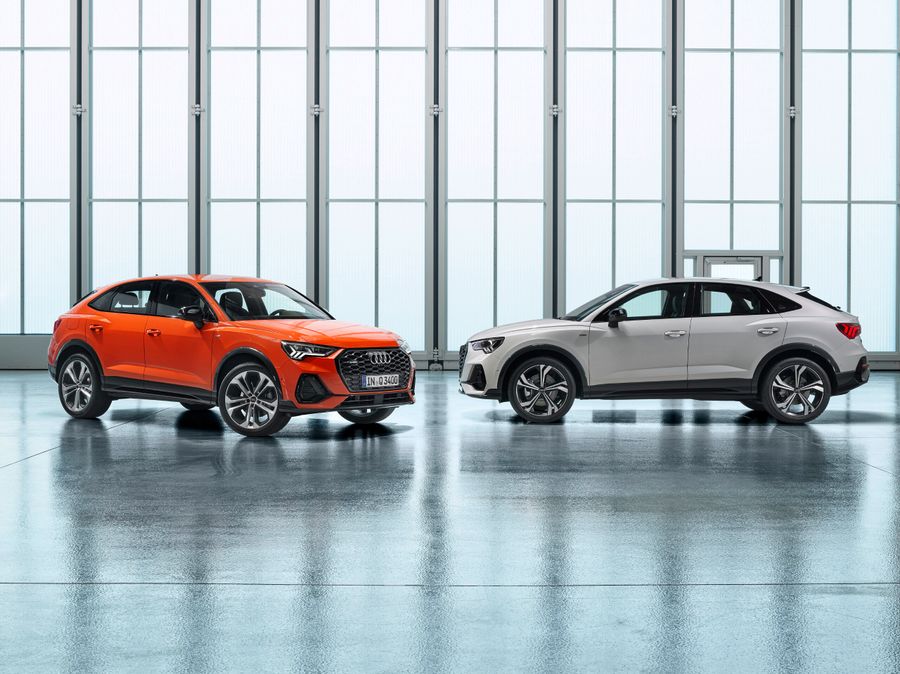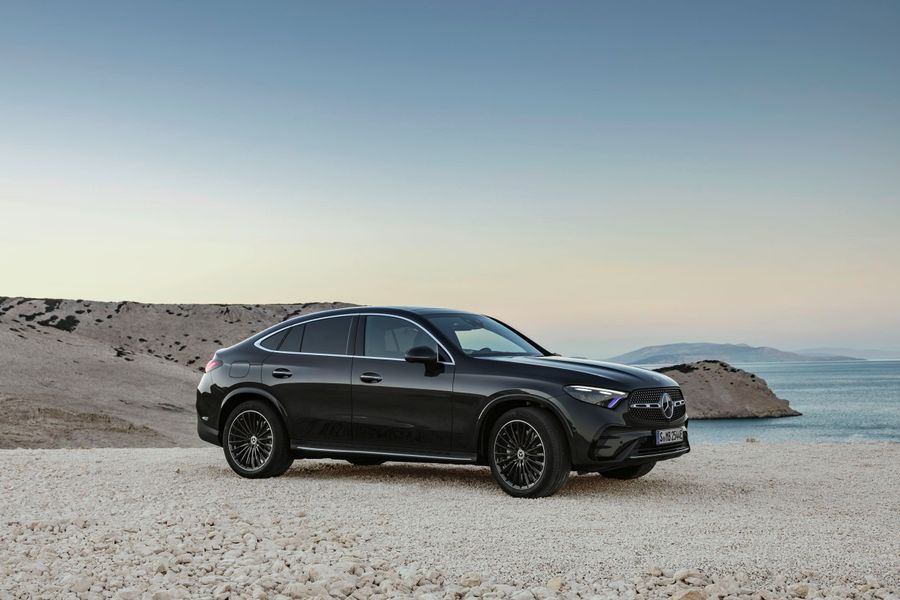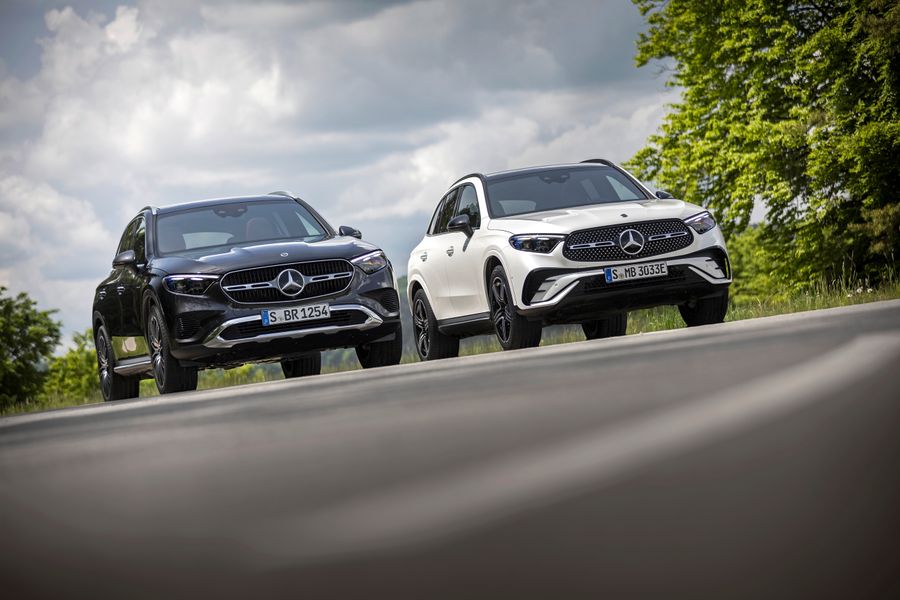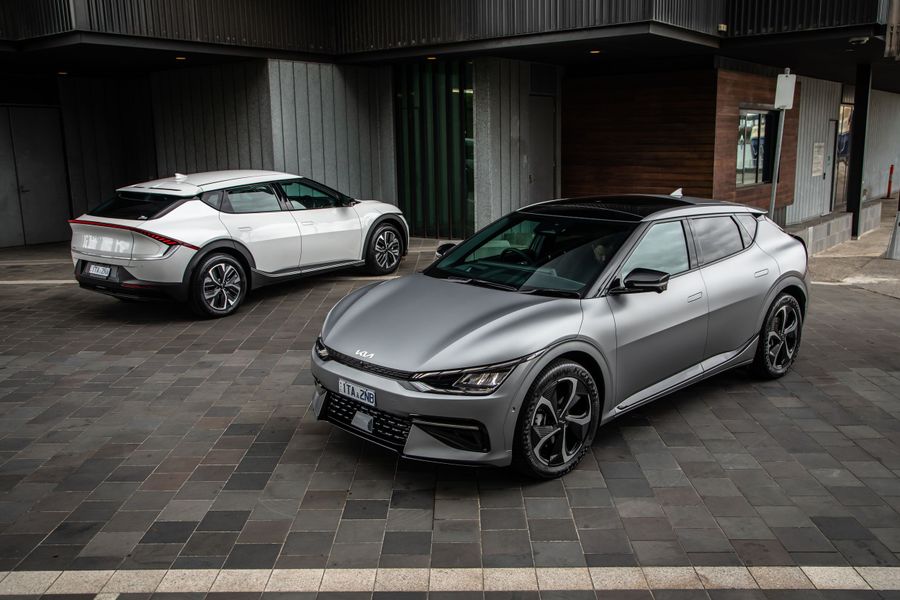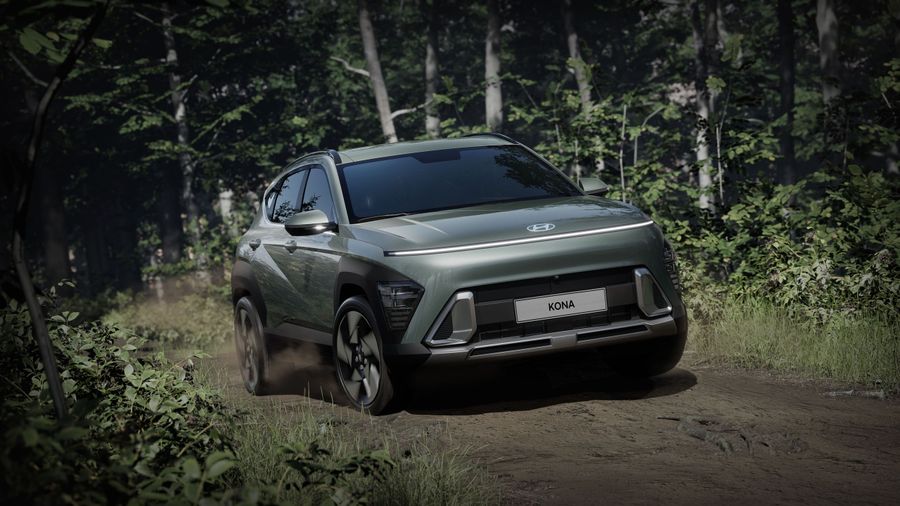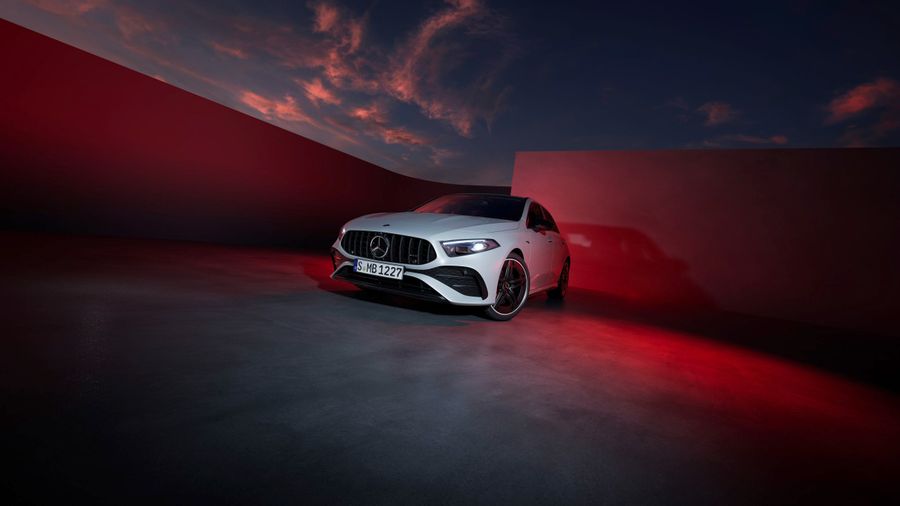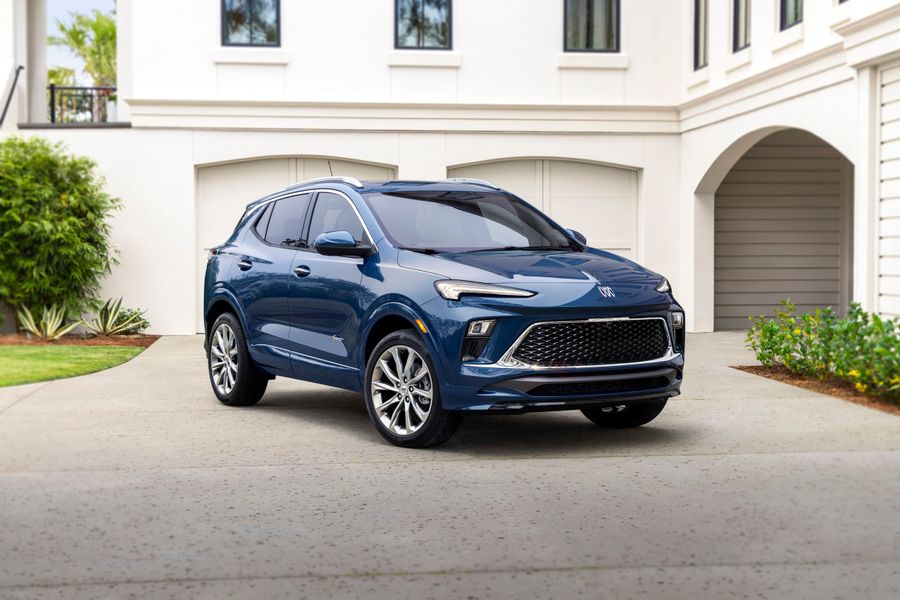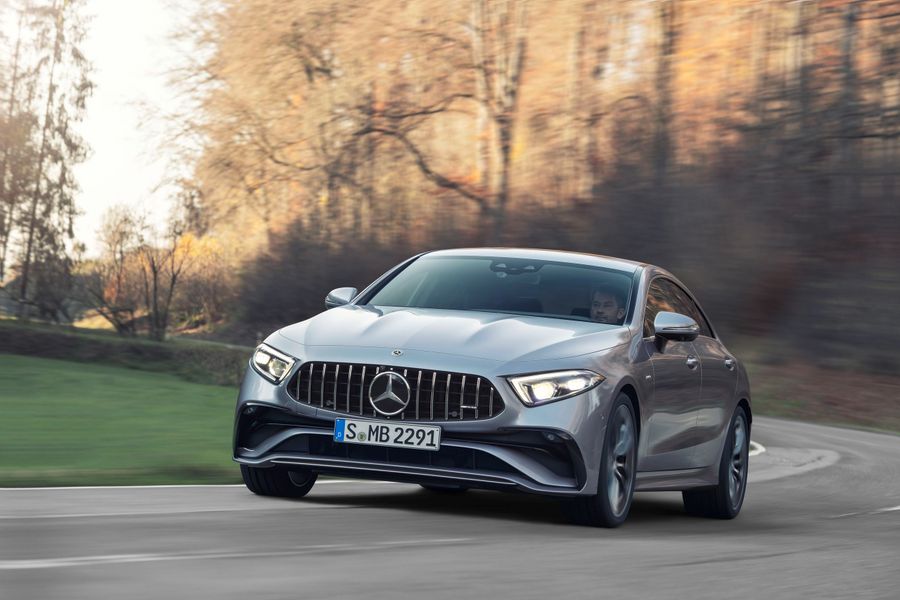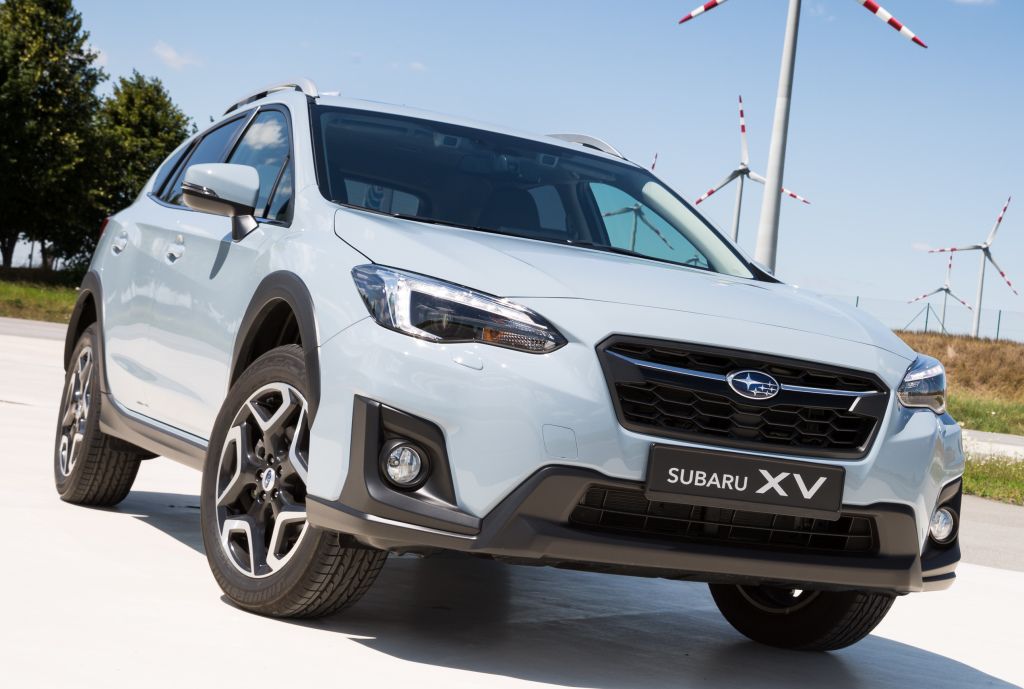
2017 Subaru XV SUV. 2nd generation
The Subaru XV is a compact SUV produced by Subaru (‘Pleiades’), whose emblem symbolizes the eponymous cluster of stars. The five-seater vehicle has been produced since 2011 and was restyled in 2015. In 2017, the second generation of this vehicle was released. In 2021, Israeli buyers could purchase the second generation of the SUV.
The compact vehicle looks angular, but the new XV has not borrowed any body parts from its predecessor. It is very different, although only experts will be able to distinguish the first generation from the second in terms of their exterior, as the silhouette is the same.
Exterior
The 2017/2018 Subaru XV can boast of new finishing details: narrower headlights, a slightly larger radiator grille, fog lamps without chrome-plated ‘angle joints’, as well as wider rear-view mirror housings. The trunk door features additional sections of taillights. There is no longer a fog lamp in the middle of the bumper, and the black plastic protector have become larger.
Thus, in terms of design, the vehicle remains a version of the well-known Impreza hatchback, but with increased ground clearance and a protective plastic body kit. Now the model is available in two new body paint variations, including khaki gray and orange. A total of eight colors are offered in Israel.
Interior
The vehicle has become slightly more spacious, with the body being 4,480 mm long and 1,820 mm wide (+15 and 20 mm, respectively). The greater width made it possible to move seats apart from each other, thus increasing the shoulder room. The vehicle has kept its height (1,615 mm) and ground clearance (220 mm). The wheelbase has increased more noticeably, by 40 mm, and is now equal to 2,665 mm. As for the overhangs, they have become shorter: the front one - by 5 mm, and the rear one - by 10 mm. The car body has become 70% stiffer than its predecessor, and the center of gravity has been lowered by 5 mm. This is the first vehicle of the Japanese brand, which is built on the new global SGP platform, which later was used for the new Outback and Forester.
The steering wheel and dashboard are recognizable, but completely new. The steering wheel is heated, the diagonal of the main monitor increased to eight inches, the upper screen now has multi-color graphics, the separate climate control unit is hidden in a niche, and the electric handbrake made the cup holders more convenient. The instruments have become larger and clearer, the size of the display between the speedometer and tachometer has increased. The passenger compartment can boast of more advanced sound insulation.
Power trains and trim levels
Israeli buyers of the new Subaru XV can choose between two petrol opposed engines: a 1.6-liter 114-hp engine and a more powerful two-liter engine, which has been upgraded by 80% and lost 12 kg. The Lineartronic CVT has also been upgraded: the unit has lost almost 8 kg and has learned to quite realistically simulate seven quasi-gears during a sharp acceleration. All Subaru XVs for Israel are equipped with it.
The rear anti-roll bar is now integrated into the body, the center of gravity has become lower (by 5 mm), and the steering has become much more responsive. The electronic systems can also provide the partial braking of the inner wheels when turning, which will be appreciated by those who like fast driving. The ground clearance of 220 mm and the well-known energy intensity of the suspension will allow you not to be afraid of impacts to the bottom on uneven roads and light off-road conditions. The default torque distribution is 60% front traction and 40% rear traction, and the ratio can vary up to 50:50 depending on the traction conditions in real time.
The vehicle has acquired the Subaru Eyesight active safety system, which includes a preventive braking system. The Eyesight has been used on Subaru cars for almost ten years, during which time more than a million vehicles have been produced with this option. It consists of two cameras under the windshield that transmit a stereo image to the control electronics, which recognizes vehicles in front, pedestrians, road markings and other objects. The system includes adaptive cruise control, collision warning systems, automatic braking and lane departure warning system, and can also assess the driver’s fatigue and notify that the vehicle in front has started moving. In addition, the car has electronic assistants for tracking blind spots and reversing.


